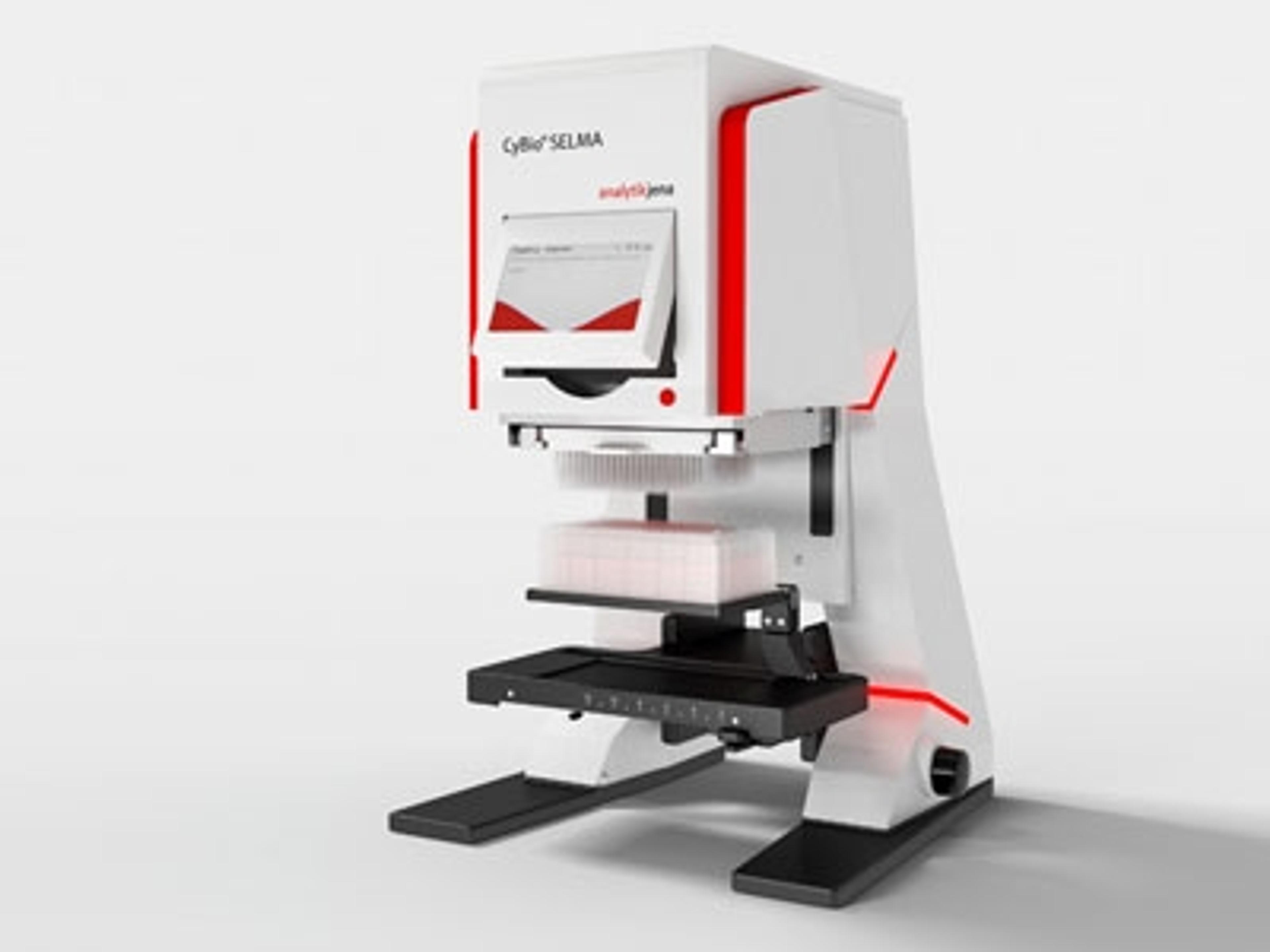Analytik Jena to Launch “SmartExtraction” Global Innovation at analytica 2016 in Munich
8 May 2016Nucleic acid isolation and purification are among the most widespread laboratory methods worldwide. Along with the process for isolating nucleic acids using phenol/chloroform or ion exchangers, the method for the extraction of nucleic acids and binding them to the mineral solid phase has established itself everywhere.
This method was first published by Vogelstein and Gillespie in 1979 (Bert Vogelstein, David Gillespie; “Preparative and analytical purification of DNA from agarose” Proc. Natl. Acad. Sci. USA; Vol. 76, No. 2, Pages 615–619, February 1979; Biochemistry) and has undergone a great number of modifications to date. Following the lysis stage, the released nucleic acids are bound to the surfaces of mineral materials, washed, and then removed again. Spin columns or filter plates with glass fiber materials or magnetic or paramagnetic particles with functionalized surfaces are mainly used as a mineral solid phase.
As part of this year’s “analytica” international trade fair for laboratory technology in Munich, Analytik Jena is introducing a global innovation in nucleic acid extraction to the market. The innovative “ SmartExtraction” technology does not require the use of phenol/chloroform, ion exchangers, filter columns or filter plates, nor does it need suspensions from magnetic or paramagnetic particles for the binding of nucleic acids.
The use of innovatively modified surfaces for the binding of nucleic acids (“Smart Modified Surfaces”) forms the basis of the technology developed by scientists at Analytik Jena. Multiple patents have been filed in order to protect this innovative technology.
SmartExtraction can be used manually, automated, or used under field conditions. All the necessary extraction steps have been significantly simplified and sped up.
Along with its simple extraction process, the SmartExtraction technology also impresses in terms of the yield and quality of the isolated nucleic acids. Because of the extremely high binding capacities of the modified surfaces used, the achieved yield of nucleic acids is practically unlimited, as opposed to magnetic particle based extraction, for example. In addition, the new technology also allows the isolation of nucleic acids that are only present in very low concentrations in a biological sample. In one embodiment, which Analytik Jena is presenting at the analytica trade fair, the automated extraction of nucleic acids in a pipette tip will be shown. Because of its universality, this process can therefore be implemented with all commonly used automated pipetting systems. Thus, the user will be granted the utmost freedom in choosing automated extraction systems.
Benefits:
- Nucleic acid extraction is quicker, more efficient, and more easily to be automated
- Purifying is easier than ever before – the usual tools are no longer needed
- Multiple patents filed to safeguard the Company’s expertise
Apart from this, Analytik Jena also offers a number of hardware solutions for the isolation of nucleic acids using SmartExtraction technology with its InnuPure® C16, InnuPure® C96, CyBio® SELMA, CyBio® FeliX, and GeneTheatre automation platforms. These range from partially automated extraction protocols (CyBio® SELMA) to fully automated extraction, which can then be combined with further process steps, such as a PCR setup (CyBio® FeliX, GeneTheatre).
Be there for the world premier celebrations:
When? Tuesday May 10, 2016, at 12:00 am
Where? Hall A3 | Booth 402A


